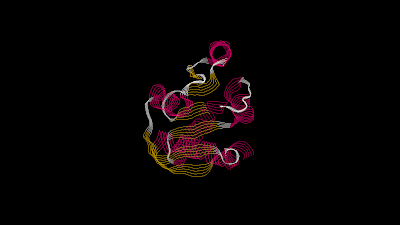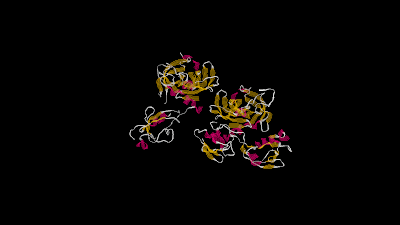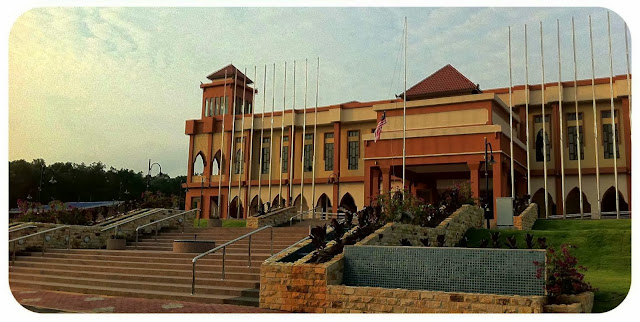Extensible Markup Language (XML) is a system of a markup language that a set of rules for encoding documents in a format that is both human readable and machine readable.
The design of XML is to emphasize the simplicity for the Internet users.It is a textual data format with strong support via Unicode for the languages of the world. Although the design of XML focuses on documents, it is widely used for the representation of arbitrary data structures, for example in web services.
The following is the example of XML
<note>
<to>Aminah</to>
<from>Aisyah</from>
<heading> Message</heading>
<body> I'll call you later after this afternoon. Don't forget to clean up the dishes..</body>
</note>
To know more about XML, you can refer it here http://www.w3schools.com/xml/xml_whatis.asp
INTERNET PROTOCOL
Internet Protocol (IP) is the principal communications protocol in the Internet protocol suite for relaying datagrams across network boundaries. Its routing function enables internetworking, and essentially establishes the Internet.
Internet Protocol is comprised of four binary octets, making it a 32-bit address.
It is difficult for humans to read in binary format, because IP are often
converted to “dotted decimal format”. To convert the 32-bit binary address to dotted decimal format, divide the address into four 8-bit octets and then convert each octet to a
decimal number. Each octet in the IP address will have one of 256 values (0 through 255)
Example of IP address in dotted decimal form:
192.48.29.253
When convert into 32-digit octet, we will get:
| Decimal | Octet |
|---|---|
| 192 | 11000000 |
| 48 | 00110000 |
| 29 | 00011101 |
| 253 | 11111101 |
One the person who contributed to development of IP is:
| Vint Cerf |
SMILES (Simplified Molecular Input Line Entry System).
It is a format system to simplify the structure of the molecular formula to enter the system.
SMILES is a specification for unambiguously describing the structure of chemical molecules using short ASCII strings.
Example:
| Structures | SMILES |
|---|---|
| Straight Chain (1-propene) | C-C=C |
| Branched chain (2-methylpropane) | CC(C)C |
| Aliphatic (cyclohexane) |
C│CCCCC│
|
This is one of the example of brached chain alkane that can be described using SMILES:
| 2-methylbutane . SMILES : CC(C)CC |





